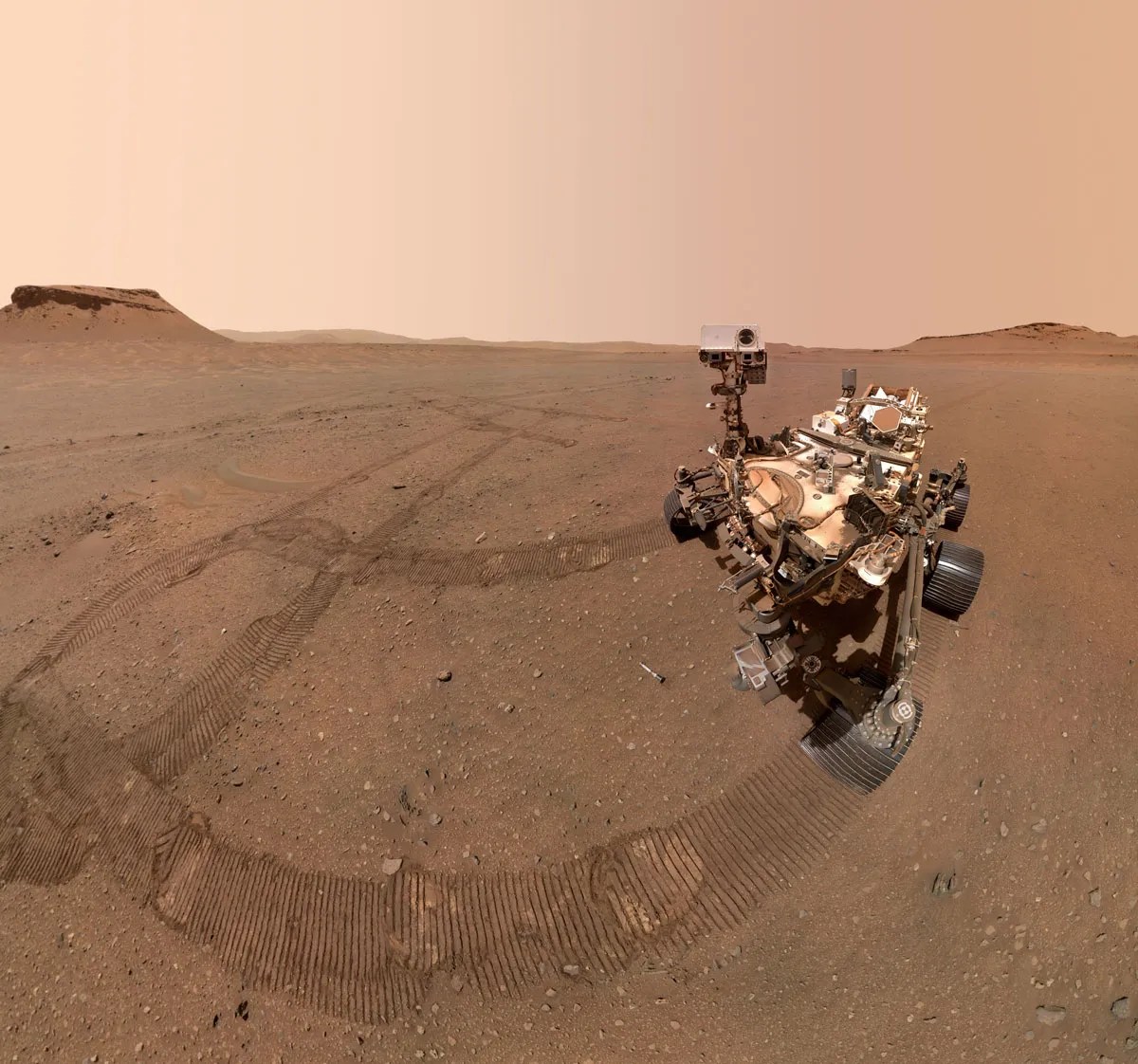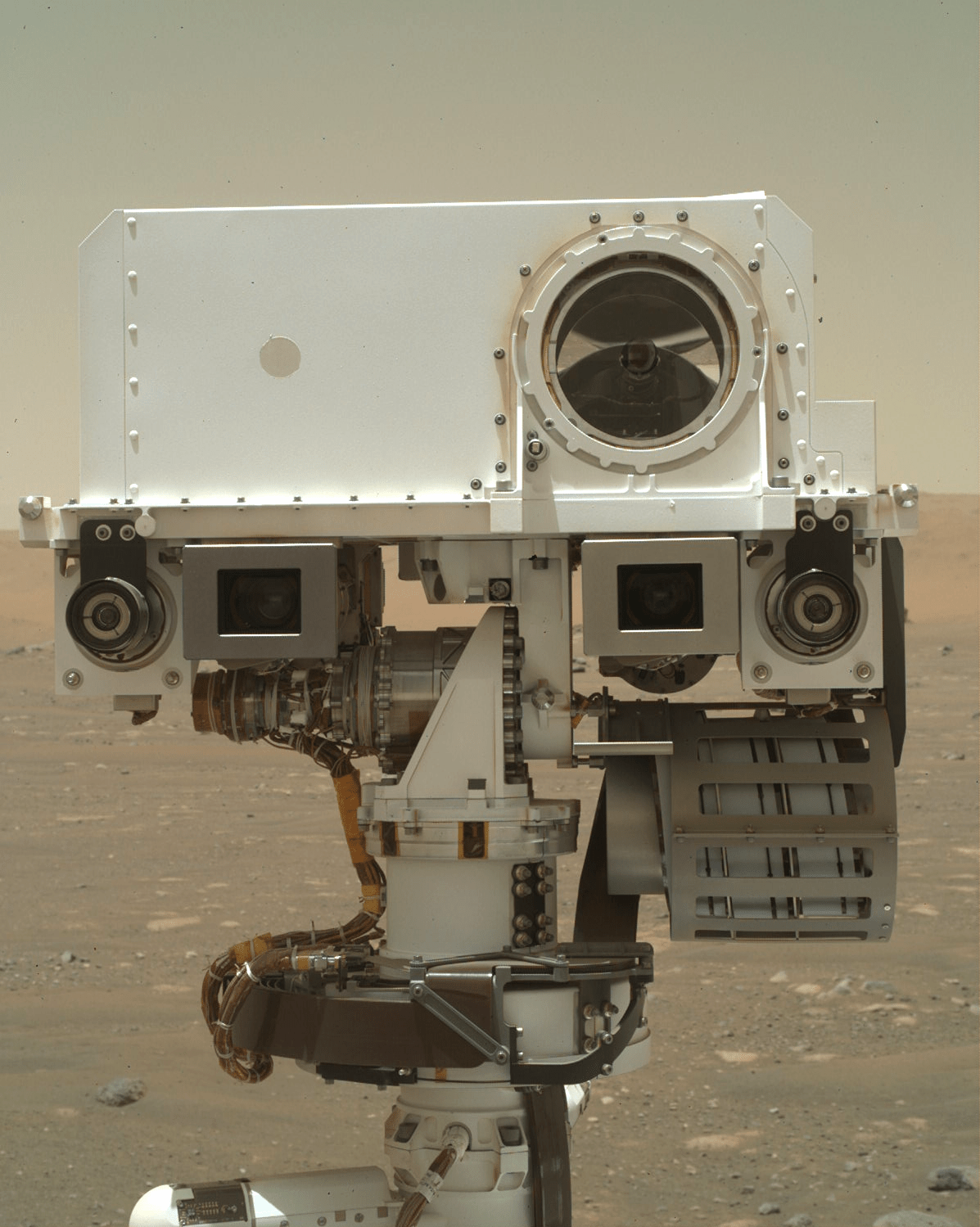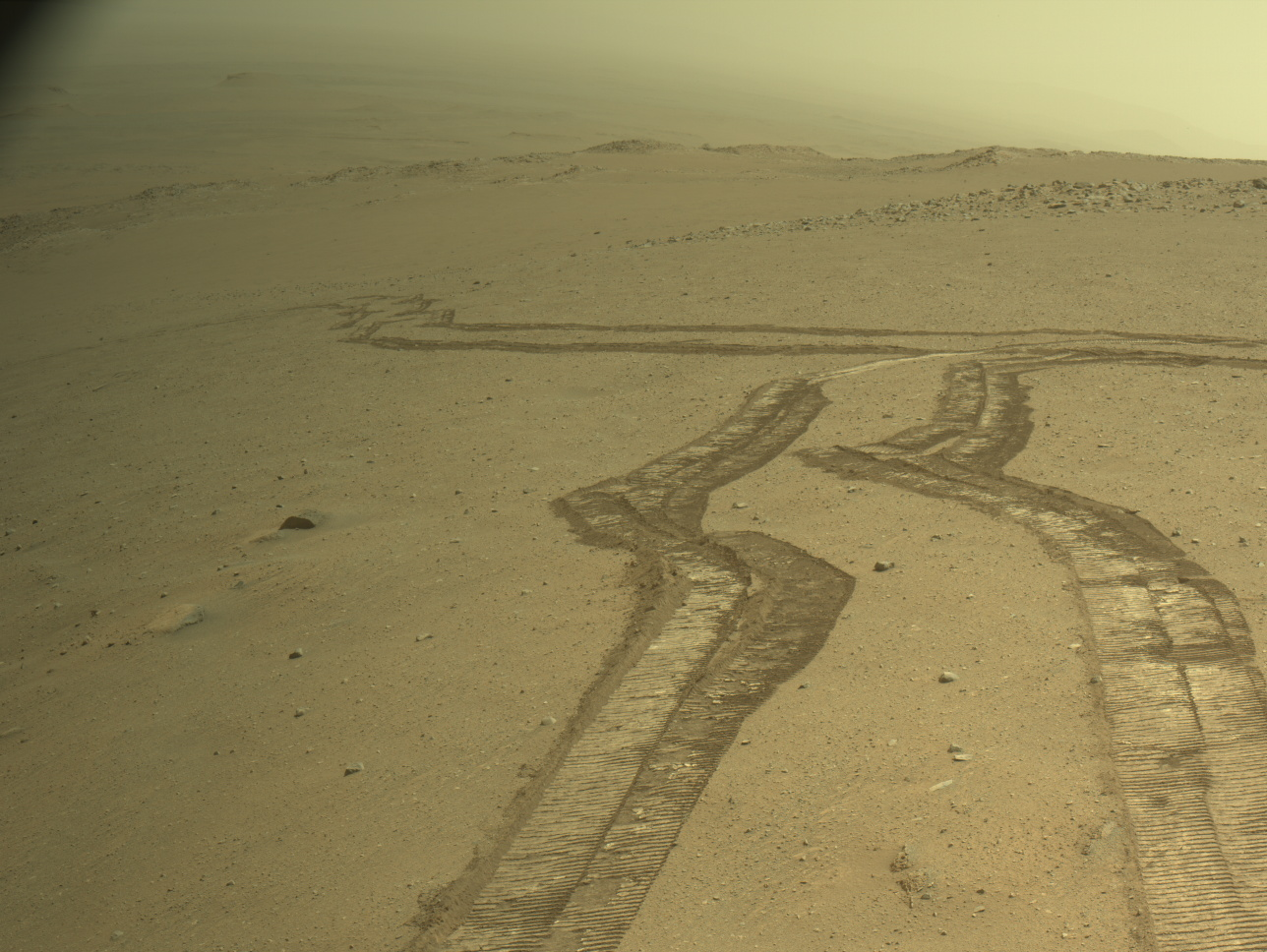Mars: Perseverance (Mars 2020)Perseverance HomeMission OverviewRover ComponentsMars Rock SamplesWhere is Perseverance?Ingenuity Mars HelicopterMission UpdatesScienceOverviewObjectivesInstruments Highlights Exploration GoalsNews and FeaturesMultimediaPerseverance Raw ImagesImagesVideosAudioMore ResourcesMars MissionsMars Sample ReturnMars Perseverance RoverMars Curiosity RoverMAVENMars Reconnaissance OrbiterMars OdysseyMore Mars MissionsThe Solar SystemThe SunMercuryVenusEarthThe MoonMarsJupiterSaturnUranusNeptunePluto & Dwarf PlanetsAsteroids, Comets & MeteorsThe Kuiper BeltThe Oort Cloud 2 min read
Just Keep Roving 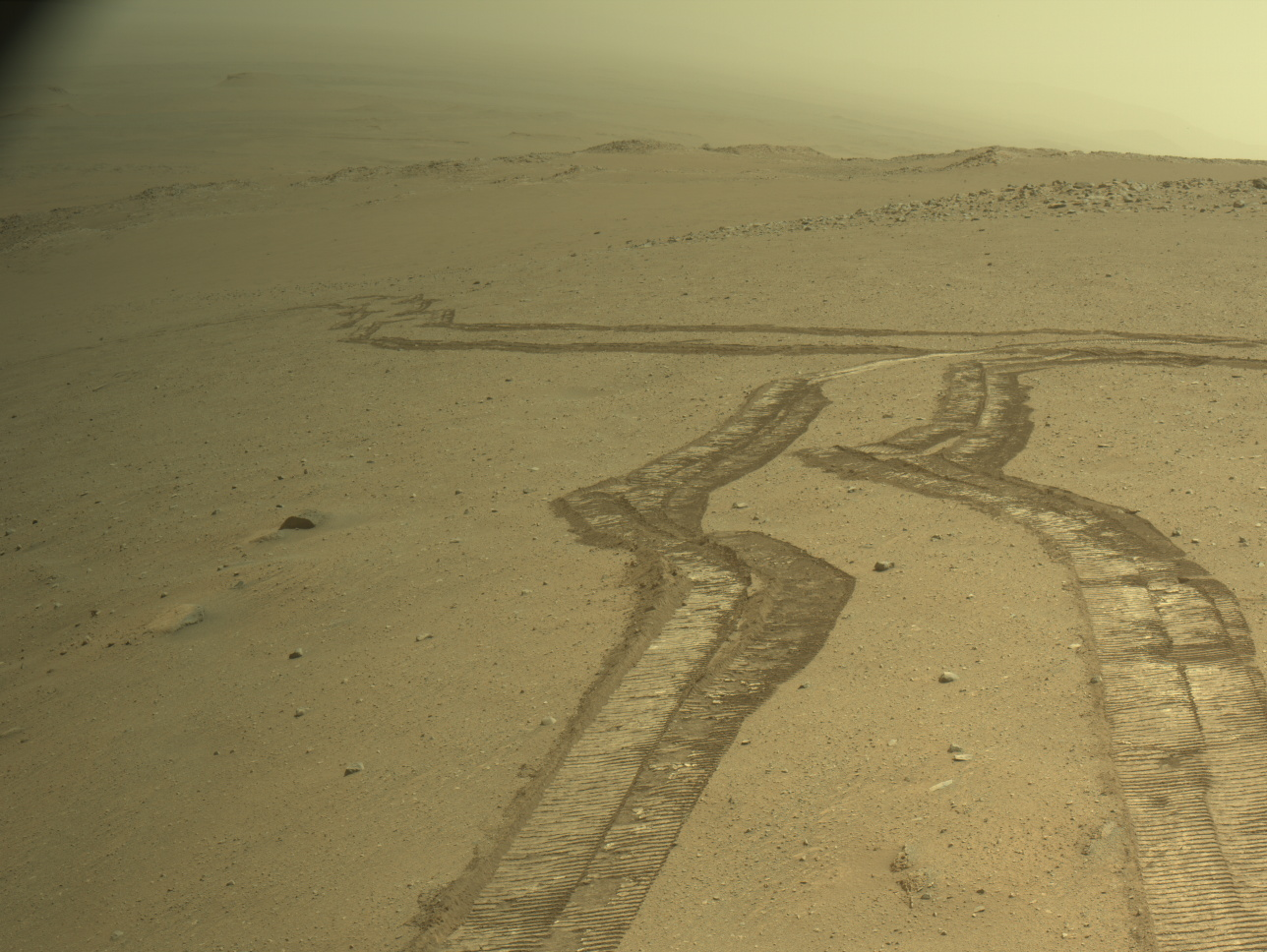 Image from Perseverance’s Right Navigation Camera, looking back towards rover tracks from past drives, into Jezero crater. The camera is located high on the rover mast, and here the rover is looking back in the direction of the Jezero crater floor. This image was acquired on October 4th, 2024 (Sol 1288) at the local mean solar time of 12:51:26.NASA/JPL-Caltech Throughout the past week, Perseverance has continued marching up the Jezero crater rim. This steep ascent through the Martian regolith (soil) can prove to be slow driving for the rover, as the wheels can slip on the steepest areas. This is like trying to run up a hill of sand on a beach – with every step forward, you also slip back a little way down the hill! This just means the Science and Engineering teams work together closely to plan slow and steady drives through this tricky terrain.
Image from Perseverance’s Right Navigation Camera, looking back towards rover tracks from past drives, into Jezero crater. The camera is located high on the rover mast, and here the rover is looking back in the direction of the Jezero crater floor. This image was acquired on October 4th, 2024 (Sol 1288) at the local mean solar time of 12:51:26.NASA/JPL-Caltech Throughout the past week, Perseverance has continued marching up the Jezero crater rim. This steep ascent through the Martian regolith (soil) can prove to be slow driving for the rover, as the wheels can slip on the steepest areas. This is like trying to run up a hill of sand on a beach – with every step forward, you also slip back a little way down the hill! This just means the Science and Engineering teams work together closely to plan slow and steady drives through this tricky terrain.
Driving through the Mount Ranier quadrangle, the team identified a relatively obstacle-free path to reach the crater rim which they designated Summerland Trail, aptly named from a very popular hiking trail that ascends Mount Ranier. Perseverance is trekking to the next waypoint near an outcrop of rocks called Pico Turquino, where the science team hopes to perform its next proximity science investigations with its instruments PIXL and back-online SHERLOC.
While roving along Summerland Trail, Perseverance is constantly observing the surrounding terrain. SuperCam and Mastcam-Z have been observing rocks on the ground and on a distant hill, called Crystal Creek. In addition, during this time Perseverance can put its eyes to the sky to make observations of the sun and atmosphere. Last week, the Mastcam-Z camera captured images of Phobos (one of Mars’ two moons) transiting in front of the sun!
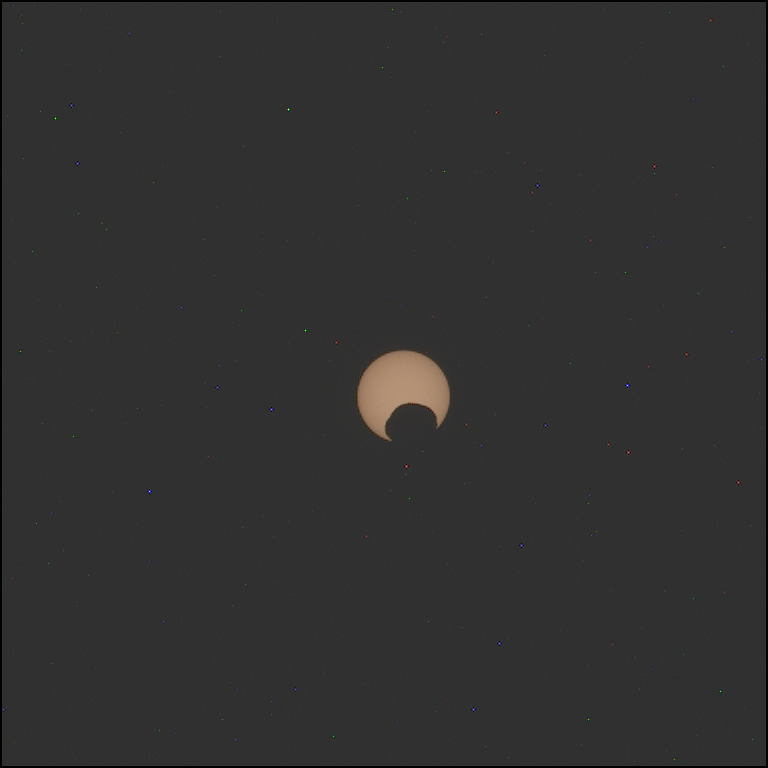 This image, showing Phobos transiting in front of the sun, was acquired using Perseverance’s Left Mastcam-Z camera. Acquired on September 30th, 2024 (Sol 1285) at the local mean solar time of 11:10:04.NASA/JPL-Caltech/ASU While the Mars2020 team is itching to reach the ancient stratigraphy exposed in the crater rim, for now, the focus is on documenting our surroundings while navigating the ascent.
This image, showing Phobos transiting in front of the sun, was acquired using Perseverance’s Left Mastcam-Z camera. Acquired on September 30th, 2024 (Sol 1285) at the local mean solar time of 11:10:04.NASA/JPL-Caltech/ASU While the Mars2020 team is itching to reach the ancient stratigraphy exposed in the crater rim, for now, the focus is on documenting our surroundings while navigating the ascent.
Written by Eleanor Moreland, Ph.D. Student Collaborator at Rice University
Reference Links
Rover Tracks Image: Mars Perseverance Sol 1288: Right Navigation Camera (Navcam) Quadrangles: NASA’s Perseverance Mars Rover Mission Honors Navajo Language Hiking Trail: Summerland Trailhead (U.S. National Park Services) SHERLOC: Perseverance Matters – NASA Science Mars Moons – NASA Science Phobos Transit Image: Mars Perseverance Sol 1285 – Left Mastcam-Z Camera Crater Rim: Reaching New Heights to Unravel Deep Martian History!
Keep Exploring Discover More Topics From NASA Mars Mars is the fourth planet from the Sun, and the seventh largest. It’s the only planet we know of inhabited…
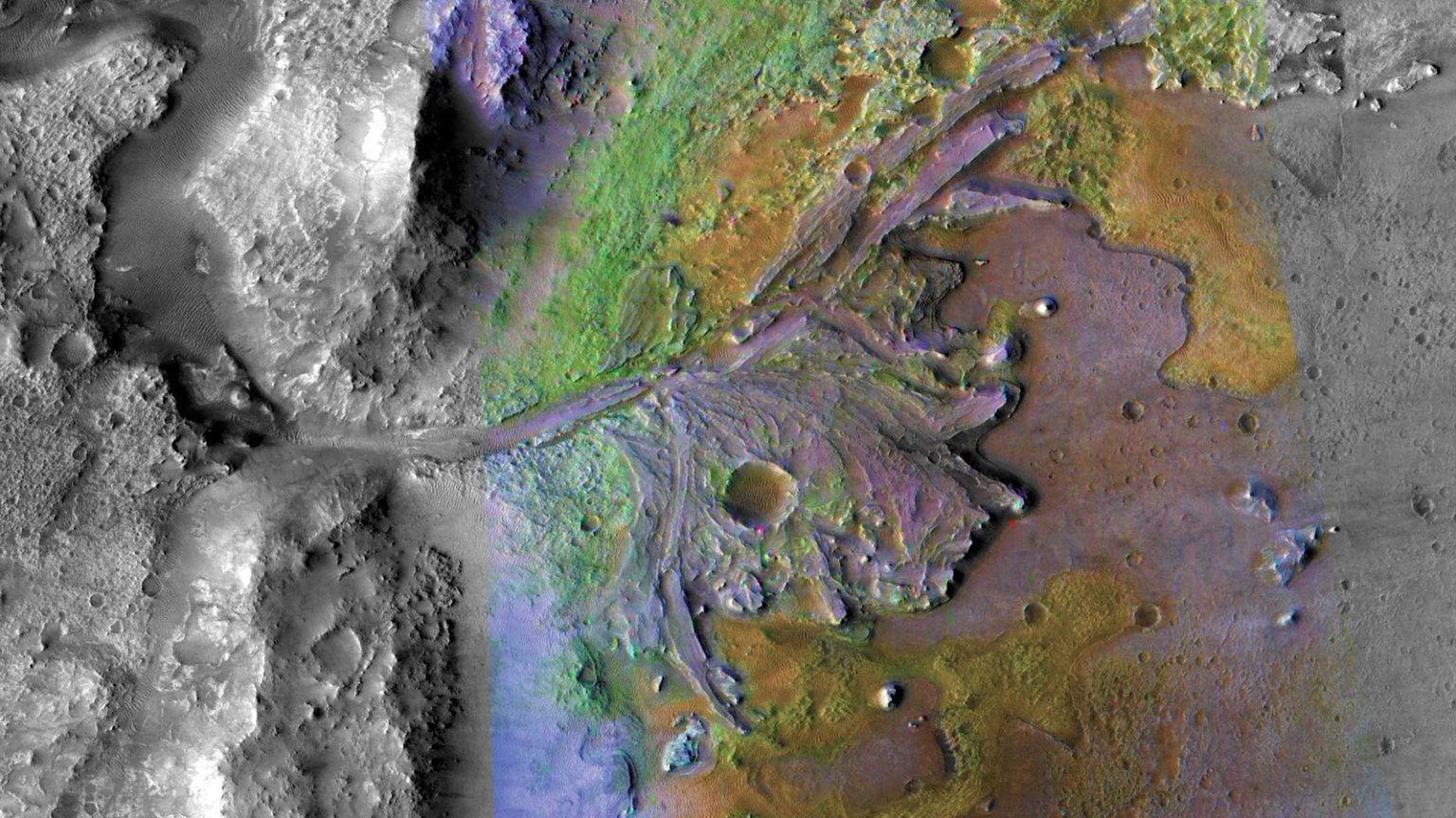

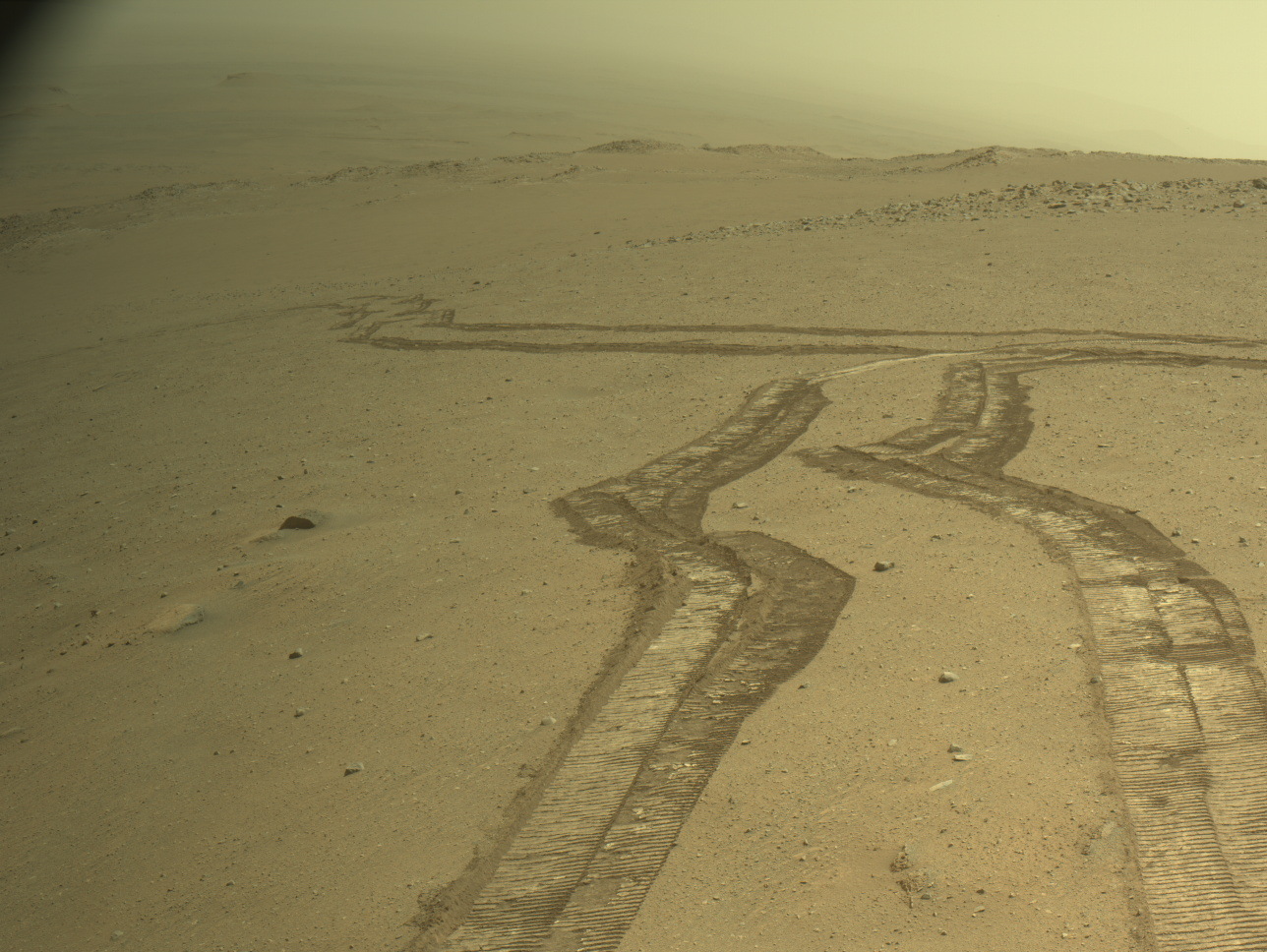
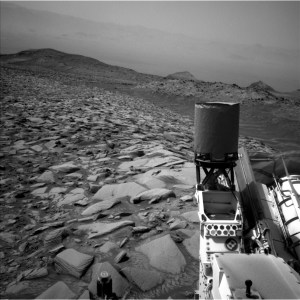 3 min read Sols 4334-4335: Planning with Popsicles — A Clipper Celebration! Article 1 day ago
3 min read Sols 4334-4335: Planning with Popsicles — A Clipper Celebration! Article 1 day ago  4 min read Sols 4331-4333: Today’s Rover ABC – Aurora, Backwards Driving, and Chemistry, with a Side of Images Article 4 days ago
4 min read Sols 4331-4333: Today’s Rover ABC – Aurora, Backwards Driving, and Chemistry, with a Side of Images Article 4 days ago  3 min read Sols 4329-4330: Continuing Downhill Article 6 days ago
3 min read Sols 4329-4330: Continuing Downhill Article 6 days ago 
